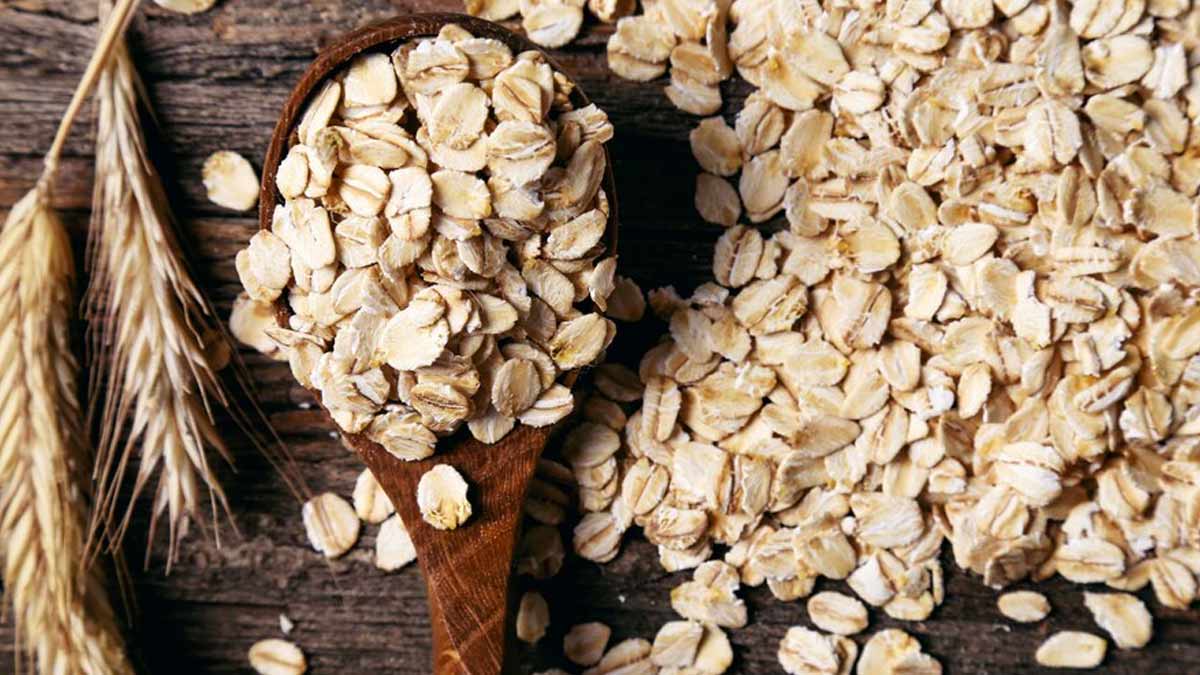
Everyone knows the importance of a daily diet rich in dietary fibre. However, did you know that fibres are of two types- soluble fibre and insoluble fibre?
According to a study published in the journal 'Molecules,' scientists have found that different types of dietary fibres do different things in your body, and one of the key factors is whether they dissolve in water.
Table of Content:-
What Is Soluble Fibre?

The study led by researchers from the Shandong University Of China stated that the kind of dietary fibre that dissolves in water is called 'soluble dietary fibre.' These fibres are good for the body as they essentially act as fodder for intestinal microorganisms.
Benefits of Soluble Fibre
Some of the ways in which soluble fibres can support your health are:
- Digestive Health: Soluble fibre is gentle on your digestive system. It helps regulate bowel movements, preventing constipation, and easing symptoms of irritable bowel syndrome.
- Weight Management: Soluble fibre can contribute to a feeling of fullness and reduced appetite, making it an excellent tool for weight management and curbing overeating.
- Heart Health: One of the most significant advantages of soluble fibre is that It can lower cholesterol levels, and hence, reduce the risk of heart disease.
- Blood Sugar Control: Soluble fibre slows down the absorption of sugar, helping to stabilise blood sugar levels after meals.
- Balanced Gut Microbiome: Soluble fibre acts as prebiotics, promoting the growth of beneficial gut bacteria, which can boost your immune system and support a range of other bodily functions.
Also Read: What Is Dietary Fibre? Essential Points To Keep In Mind While Selecting Foods For Fibre
Sources of Soluble Fibre

Now that you know why soluble fibre is so important, let's look at some common sources:
- Oats: Oatmeal is an excellent breakfast choice. It's rich in beta-glucans, a type of soluble fibre known for its cholesterol-lowering properties.
- Legumes: Beans, lentils, and peas are packed with soluble fibre.
- Fruits: Apples, pears, and citrus fruits are good sources of soluble fibre. Leave the skin on for an extra fibre boost, since that is usually made of insoluble fibre.
- Vegetables: Sweet potatoes, carrots, and broccoli are just a few examples of fibre-rich veggies.
- Whole Grains: Incorporate whole grains like barley, quinoa, and brown rice into your diet. They offer a variety of nutrients and plenty of soluble fibre.
- Seeds: Chia seeds and flaxseeds are tiny powerhouses of soluble fibre.
Also Read: Side-Effects Of Fibre: Here Are 7 Situations In Which Dietary Fibre Can Do More Harm Than Good
In conclusion, incorporating soluble fibre into your diet is a small change that can yield significant health benefits. You can distinguish soluble fibres from insoluble fibres using this guide provided by diabetes.co.uk. Keep in mind that while including soluble fibre in your diet, the key is to start slow, stay hydrated, combine different sources of soluble fibre, and select products with higher fibre content. Lastly, it's always a good idea to consult with a healthcare professional or nutritionist before making significant dietary changes, especially if you have specific health concerns, allergies, or dietary restrictions.
Also watch this video
How we keep this article up to date:
We work with experts and keep a close eye on the latest in health and wellness. Whenever there is a new research or helpful information, we update our articles with accurate and useful advice.
Current Version